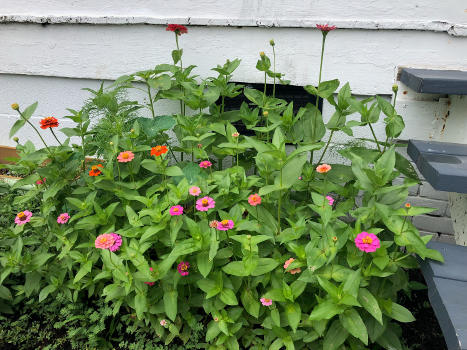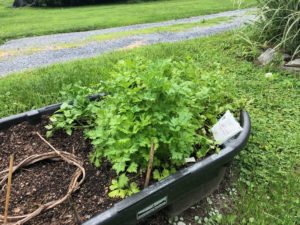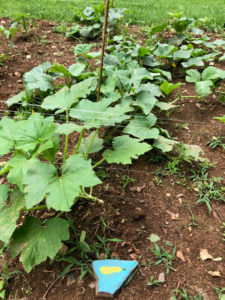

Horticulture therapy incorporates the use of plants to aid healing and improve mental health.
“What makes a garden therapeutic? The basic features of a therapeutic garden can include wide and gently graded accessible entrances and paths, raised planting beds and containers, and a sensory-oriented plant selection focused on color, texture, and fragrance” AHTA
Additionally, individuals also work at improving their relationships and communication with peers while improving their environment and surroundings. Clients also gain mental and emotional benefits from the upkeep and care for the plants.

Furthermore, in recovery, planting plants teaches clients about healing themselves from the ground up. Developing a fostering a good root system before any growth is imperative.
Just as we make way for the seeds to sprouts, and sprouts to leaves, and leaves, to flowering flowers, they learn to also can make way for the growth within them selves.

They also found that in creating these therapeutic environments, that they were also able to engage in other healing activities. These activities included yoga, dancing, and learning about maintenance and construction of gardens.
Plants provide us with life supporting oxygen and nutrients, we too support plants in the environment and care we give them. Our lives are connected, and when we learn to have an appreciation for how we are able to support nature, beautiful things begin to sprout.

Bridging the Gaps is excited to have this programming implemented for clients this summer! We look forward to the harvest from the garden that has been planted. We also enjoy the beauty that the flowers have added. Horticulture Therapy has really taken root here at BTG, and we cannot wait to see the process grow!